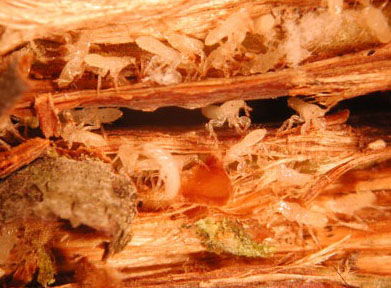Cicadamania Web Site
In the realm of higher ed, Our University of Maryland web page about the 2004 cicada invasion was something of a pioneer in using the web to give people up-to-date information and attract media attention. As the UMd media relations specialist covering life sciences, I was always on the lookout for stories and communication techniques that would draw the media and inform people about our UMd research.
When I learned millions of noisy Brood X cicadas would emerge in spring, 2004, I worked with a web designer to have a site ready to go before the first bug popped through the dirt. We designed pages that would let the media see the great facts and quotes they could get from our experts, but that also posted the latest information for people who wanted to know more about these amazing insects. With our charismatic professor of entomology Mike Raupp, his graduate student Cicadamaniacs, and our web page, we were ready to go months before the first cicada popped through the dirt. I updated the page several times a week, including the latest photos, facts, and personal answers to questions that people could email to Prof. Raupp through the web site. We even posted recipes for gourmet cicada dining.
The page was a huge part of UMd becoming a leading source on the cicada invasion. Reporters called constantly, saying “I hear the University of Maryland is the place to go for cicada experts.” When the last cicada had sung its lonely song in early July, the page had more than 80,000 hits. (Oh, what we could have done if Facebook and Twitter had been around!) More than 120 media outlets from as far away as Japan came to or called College Park to talk to our experts. Millions of people around the world had seen on television or read in print the words of our Cicadamaniacs. Our basic plan for making the website a hit holds today. Tell people what they want to know. Give them a way to get more information. Keep it concise, current, interesting.



